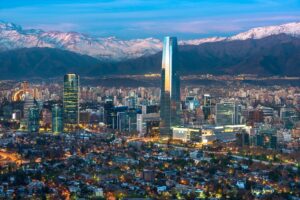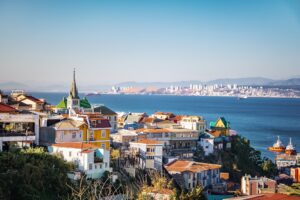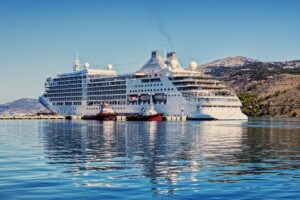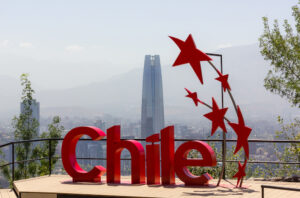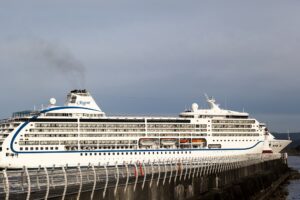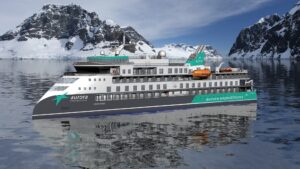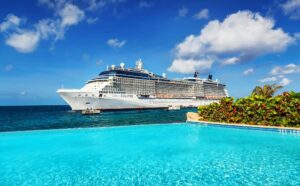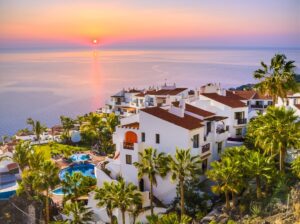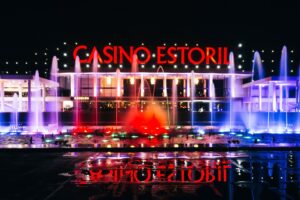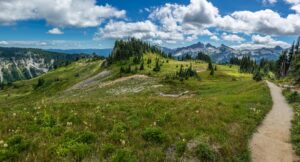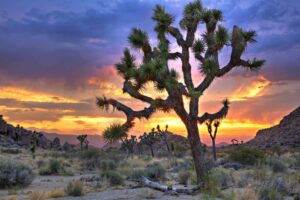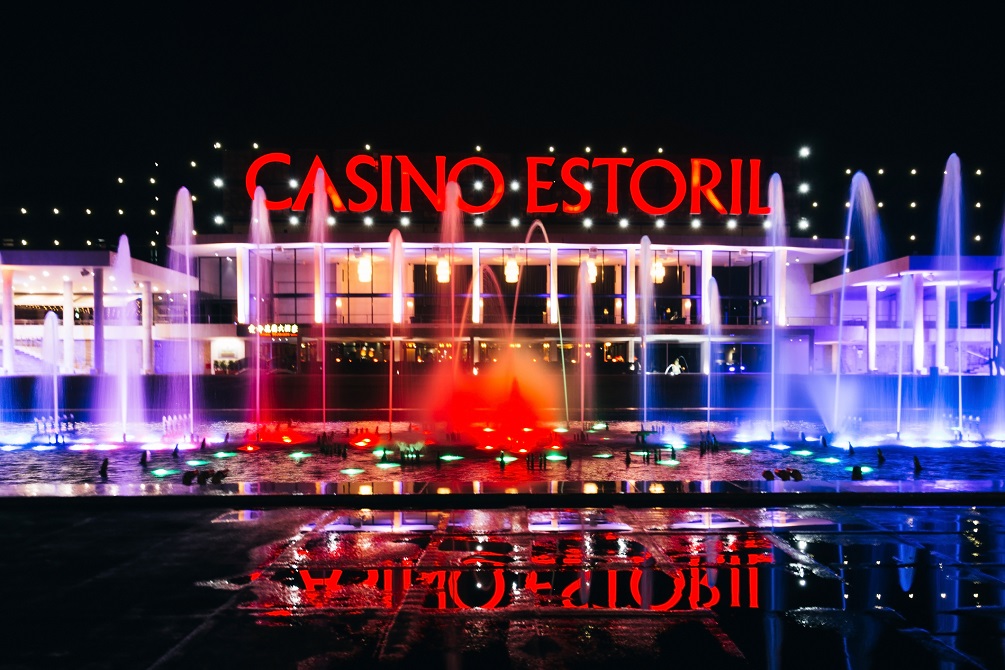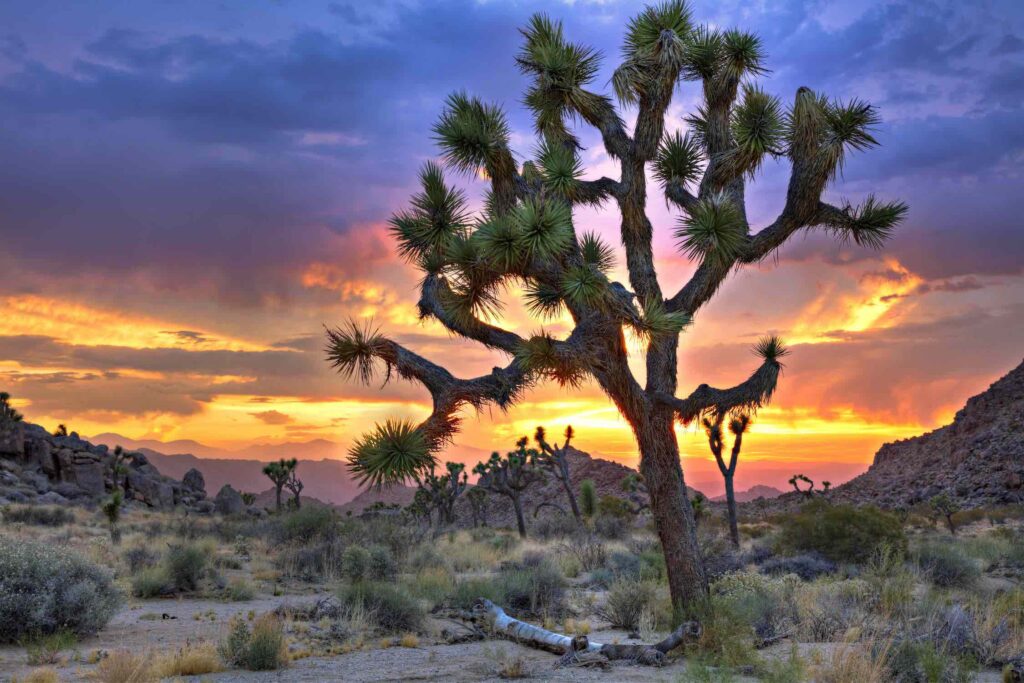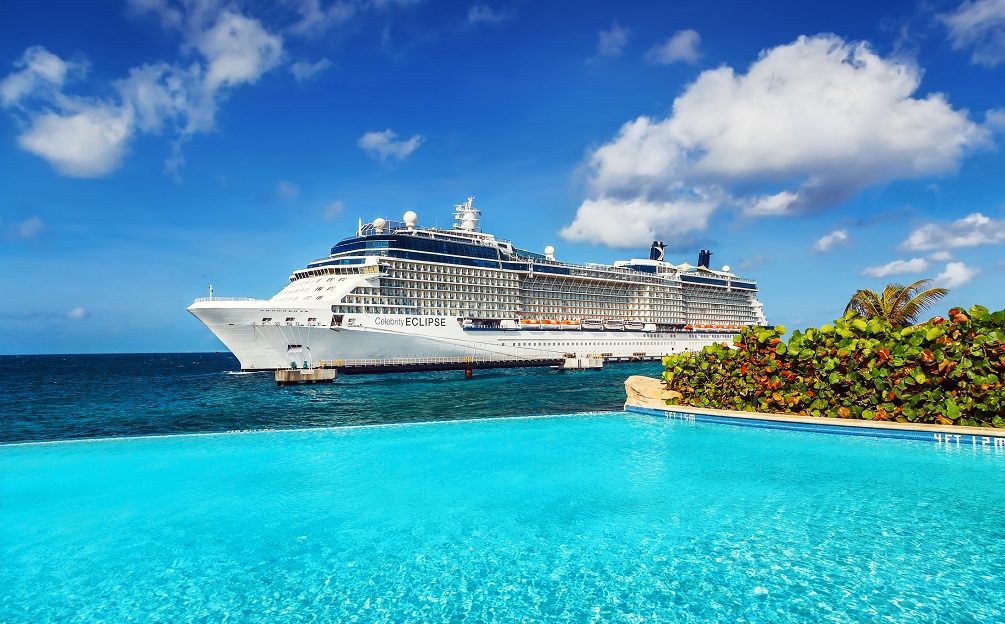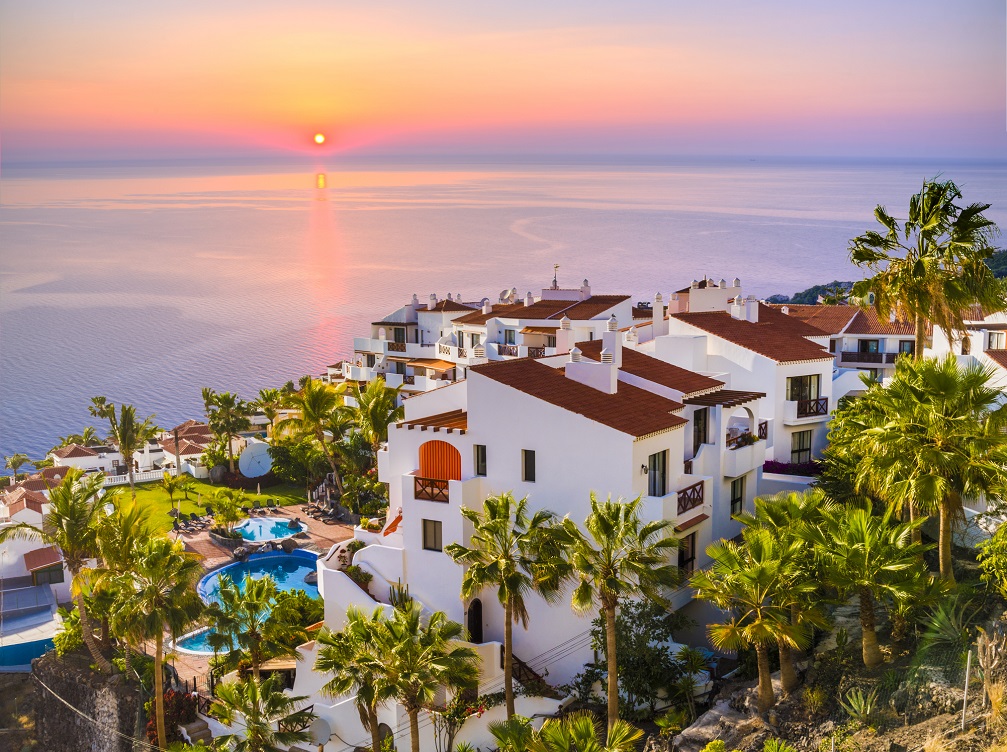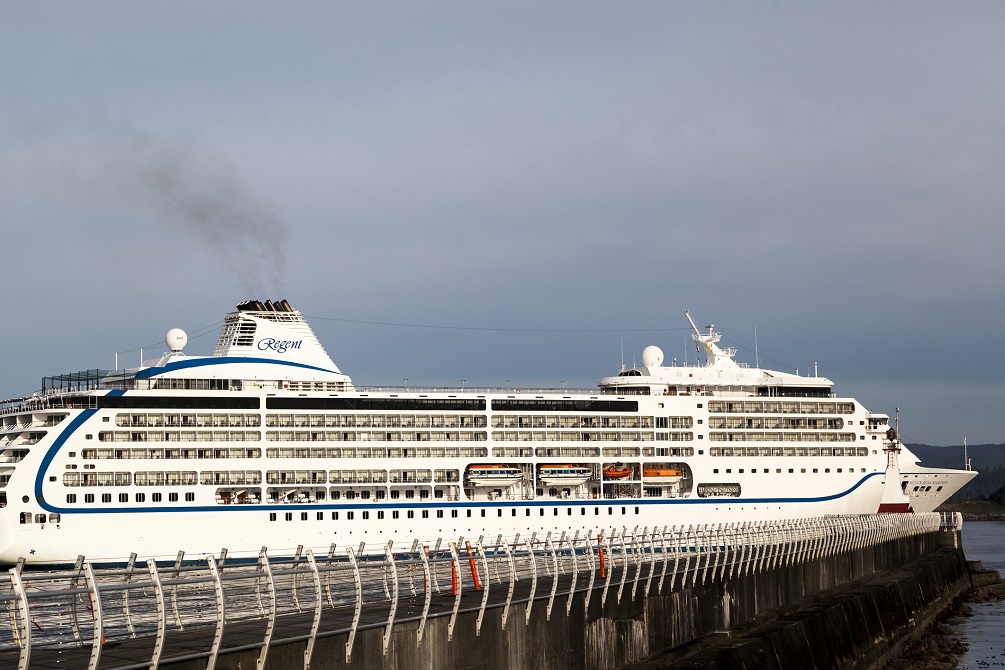Chile
Bask in the charm of South America while exploring the historical Easter Island of Chile and the frosted mountains of the Andes.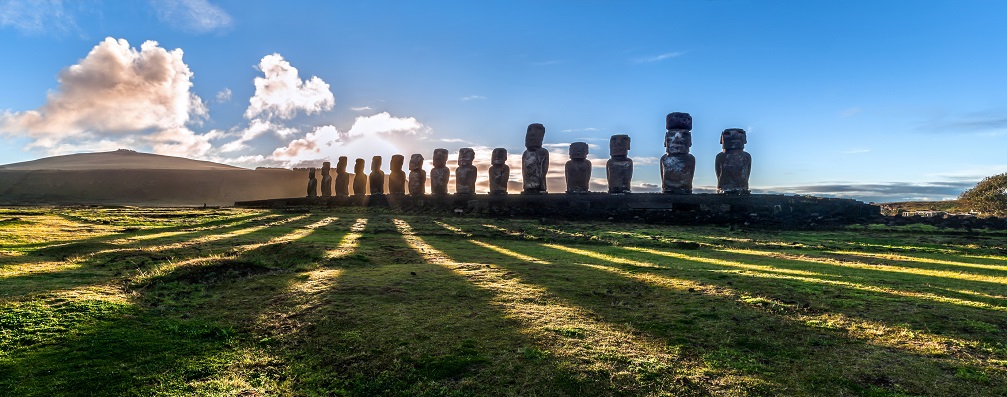
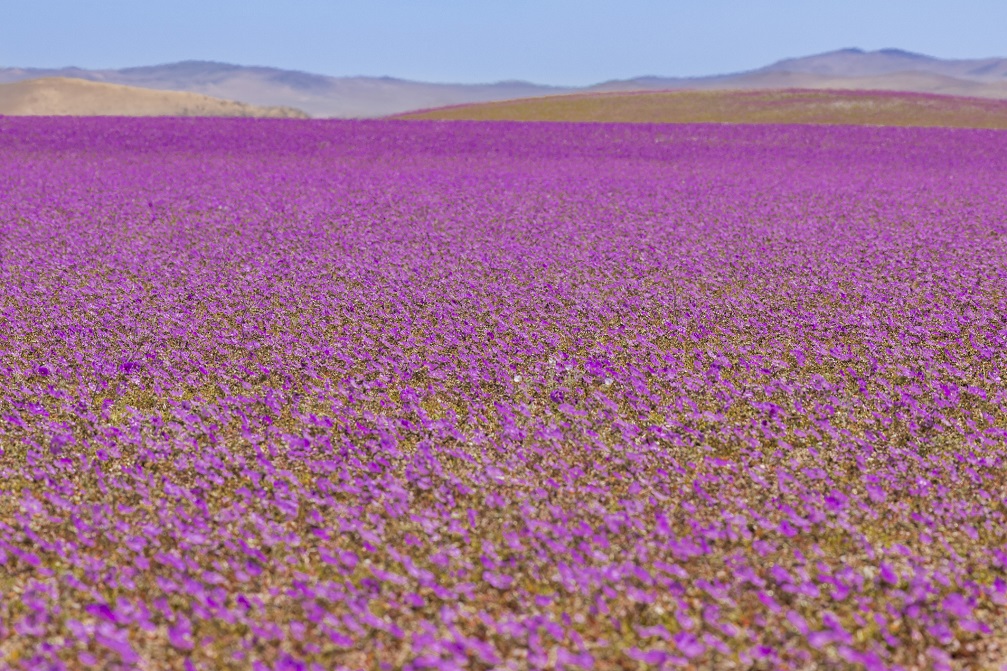


Chile is a long, narrow country extending from Central South America to the southernmost tip of the continent. It’s 350 km (217 miles) wide from east to west and about 700 Km (400 miles) north of Antarctica. Peru and Bolivia share Chile’s northern border and Argentina spans the entire eastern boundary. The Pacific Ocean lies in the west and the Drake Passage in the south. Chile has four territories off the coast in the Pacific Ocean. Easter Island, a volcanic landmass with about 900 massive stone figures called Moai; the Juan Fernández archipelago and Isla Sala y Gómez, a small, uninhabited island; and the angler islands of San Félix and San Ambrosio. There are three distinguishable landscapes spanning from east to west: the Andes mountainous region along most of the Eastern Chile-Argentina border, the longitudinal valley in the center, and the coastline along the Pacific Ocean. Most of the highest mountains forming the Chilean Andes mountain range are volcanic, with some extinct and others active. In the Lake District, one can bask in the stunning sights the frosted cone-shaped mountains create on glacial lakes. Mainland Chile is further divided into four geographical zones from the north to the south. The desert region in the north comprises the world’s most arid desert, the Atacama Desert. It consists of parts without recorded rainfall and extremely high solar radiation. The Mediterranean central valley, which is home to Chile’s cities and capital (Santiago) and a thriving agricultural area. Grazing fields, forests and a chain of volcanoes and lakes characterize the south. The region closest to Antarctica is a blend of fjords, glaciers, forests, and mountains.
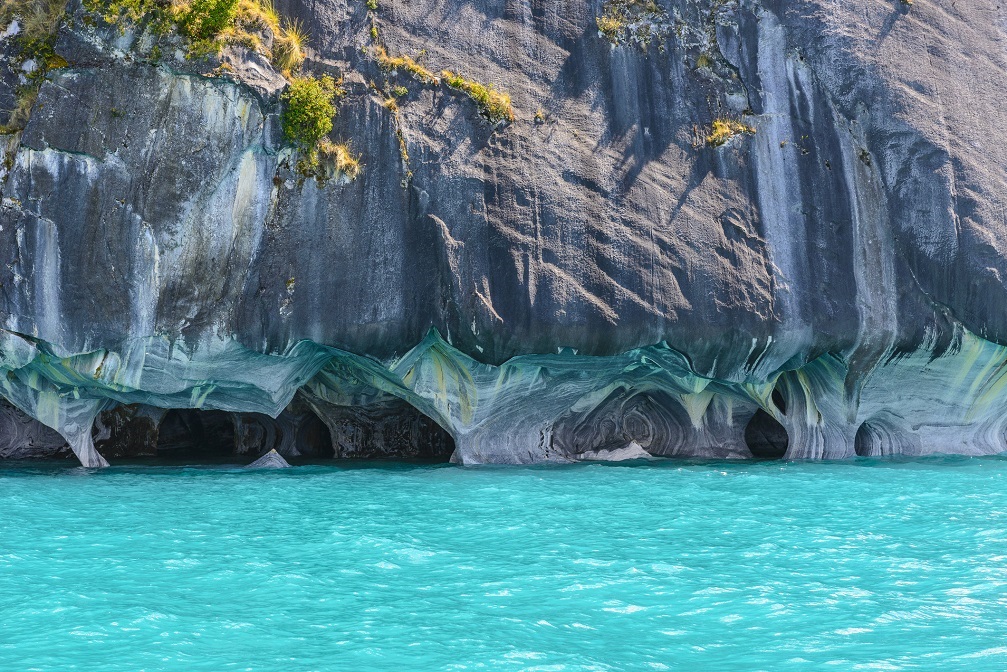


Chile’s climate varies by region, much like its geographical landscape. The country has all kinds of climates on earth except for tropical weather. This is because of the chilly Peru Current, the Pacific Ocean, the Andes Mountains, and the South Pacific anticyclone winds that control the elements. The north has a hot desert climate, and central Chile has a Mediterranean climate. Easter Island experiences a humid, subtropical climate. An oceanic climate dominates the south and east, resulting in cold and humid weather. Temperatures decline as you head south, where it is much cooler than the northern regions and receives the most consistent rainfall in the entire country. While the north may be hot during the day, temperatures drop drastically at night. The average lowest temperature in Santiago is 14 °C (57°F). Summer (October to April) in the Mediterranean central area is pleasant and without rain. Winters (May to September) are cool and humid.
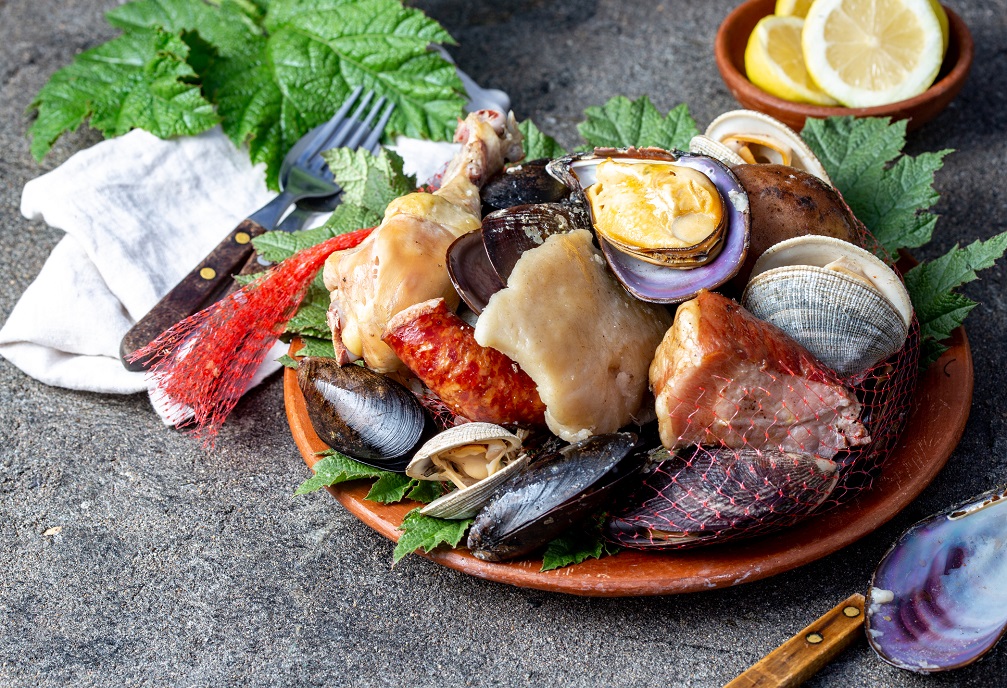


Chile’s geographical span has contributed much variety to its cuisine. Seafood, including mussels, salmon, sea bass, and scallops, is a staple readily available from the fish markets scattered along the shoreline. The grazing fields in the southern regions of Chile sustain herds of cattle that provide the most delicious grass-fed beef. European settlers introduced this component to Chilean cuisine. The Spanish contributed lemons and onions to the local gastronomy and the Germans, beer, yogurt, and mayonnaise. You won’t be short on meals to try in Chile nor disappointed by the quality of the seafood and produce. Popular local dishes include pastel de choclo (a sweet corn dish containing chicken, beef, black olives, raisins or onions) and empanadas (a turnover stuffed with cheese, beef or shellfish). The most traditional dish dating back centuries is curanto. It comprises seafood, potatoes, meat, and vegetables steamed in a hole over hot stones and covered with leaves. To top off any meal, try out some of Chile’s renowned red wines that rank amongst the best in the world. Must-try desserts include Italian-style ice cream (helado) and others made with dulce de leche (manjar).
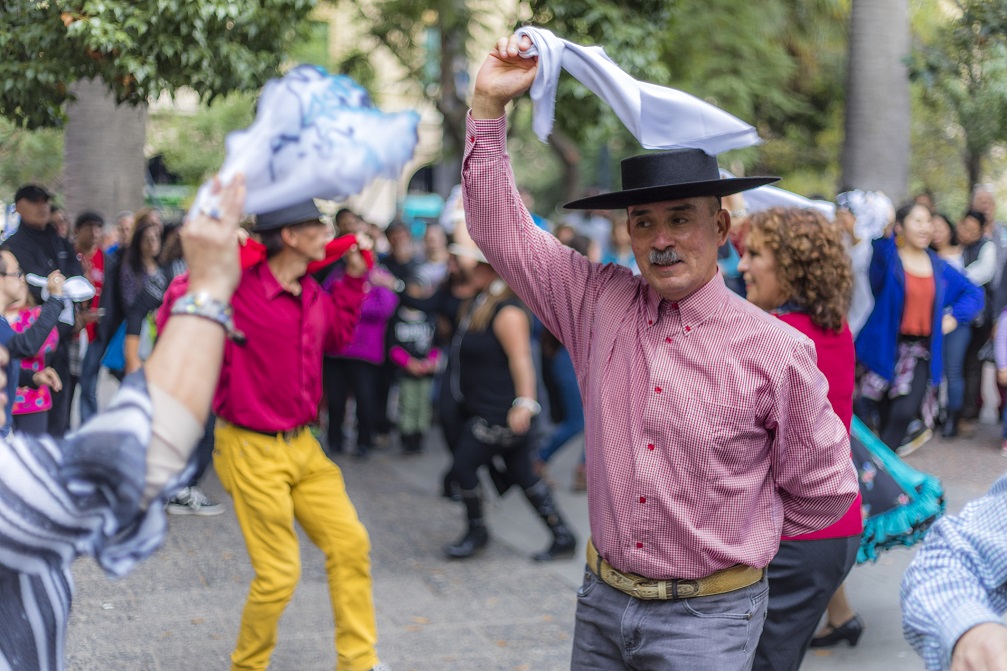


Traditional Chilean dress comprises a chamanto or poncho for men made from silk or wool and a straw hat (chupalla), and a full-skirted floral dress for women. This attire is worn in rural areas, while modern clothing is more common in cities.
Chile’s defined seasons and climates make it easy to determine what to bring along during a certain time of year. The golden rule is to dress for comfort when traveling in Chile.
Summer in Central Chile dictates light clothing. Shorts are acceptable, granted you may receive unwanted attention. In the coastal regions, warmer garments are best. And to appear less like a tourist, avoid shorts and tank tops.
Wear layers if you’re traveling from one area to another in Chile so you can easily shed clothes as it gets warmer. Opt for light wool fabrics that can contain the heat when it’s cold and wick moisture when it’s warm.
For a winter trip, bring along a coat, long-sleeved shirt, pants, and a rain jacket.
While it’s not essential to dress smartly when visiting restaurants, it will keep you from standing out, especially in Santiago.
Sunscreen, a wide-brimmed hat or a cap, and sunglasses are advised.
Modest attire is necessary when visiting religious and government buildings.
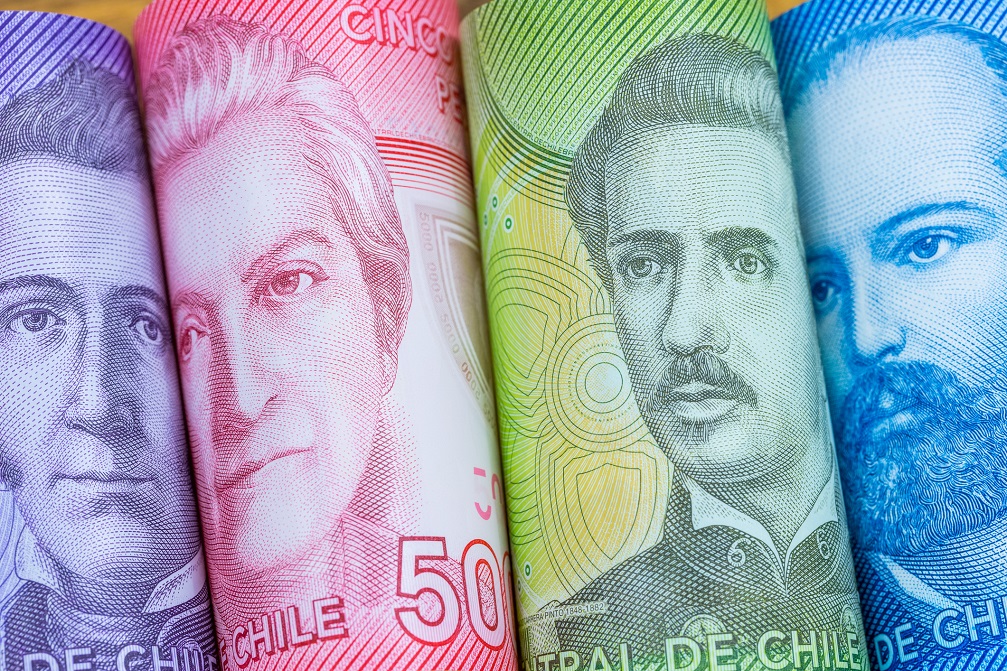


The Chilean Peso (CLP) is the official legal tender of Chile. Coins come in denominations of 1, 5, 10, 50, 100, 500 pesos, and banknotes in 1,000, 2,000, 5,000, 10,000, and 20,000 pesos. Many cities in Chile have ATMs. International credit and debit cards can be used for payment at select businesses. Visa and MasterCard are accepted more often than other cards.
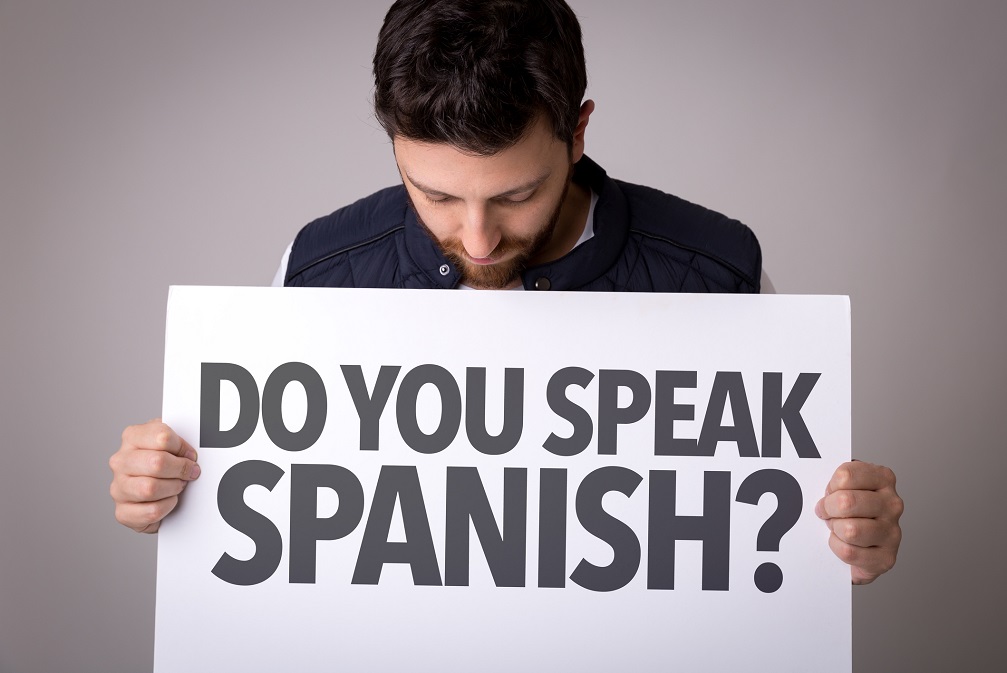


Spanish is the official and widely spoken language in Chile. Chilean Spanish is like European Spanish, except it has its own particular flair. The dialect (Castellano de Chile) is unique to Chileans, and it’s spliced with some indigenous languages. Easter Island has a traditional language known as Rapa Nui, although Spanish is common as well. Some locals speak Greek or other foreign languages such as German, in the southern regions, and English, in major cities. Indigenous languages are in the minority of languages spoken in Chile. One or two hundred thousand people of the largest indigenous community, Mapuche, speak Mapudungun. Knowing basic Spanish words and phrases can make navigating Chile much easier. Here are a few terms and sayings to get you started: Good morning – Buenos días Good evening – Buenas tardes Please – Por favor Yes/No – Si/No Thank you very much – Muchas gracias My name is… – Me llamo… How much is it? – Cuánto cuesta? Alright/Okay/That’s fine – Está Bien
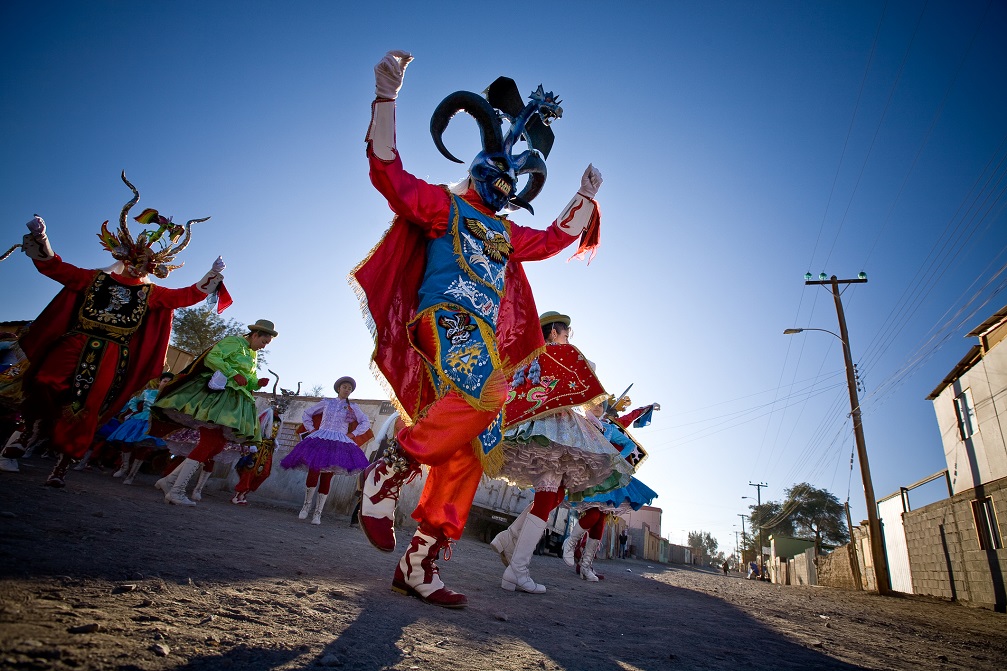


The modern Chilean way of life was formed over the country’s long history. Starting from Chile’s early years, the Andean culture dominated the northern regions and the Mapuche culture presided in the south. Over time, following the conquest, Spanish culture invaded Chile’s established traditions. As more immigrants came into the country, English, French, and German traditions contributed to the local culture and they continue to until this day. On Easter Island, 60 percent of the population is native inhabitants (Rapa Nui). The majority of Chileans are Christians, a large portion belonging to the Roman Catholic Church and a smaller share are Protestants. Observers of the Evangelical Church, Jews, Jehovah’s Witnesses, and Latter-Day Saints have religious standing in Chile as well. Celebrations in Chile are not only reserved for Chilean Independence Day but also for other occasions. In July, locals celebrate the annual Tirana festival in the town of La Tirana. It features participants dressed in costumes and masks, celebrating a time rooted in both legends and facts. The Tapati Festival held every February on Easter Island invites everyone to discover the culture of the Rapa Nui people. Popular Chilean music ranges from folkloric to classical and the national dance is cueca. Chile’s most famous poet and Noble Prize recipient is Pablo Neruda. His most famous work, One Hundred Love Sonnets, is said to capture the stunning night skies of Chile in vivid detail. The most popular sport in Chile is football. Their team has made nine appearances at the FIFA World Cup championship. Chilean greetings are very warm. Women touch cheeks and kiss the air around while men share hearty hugs.
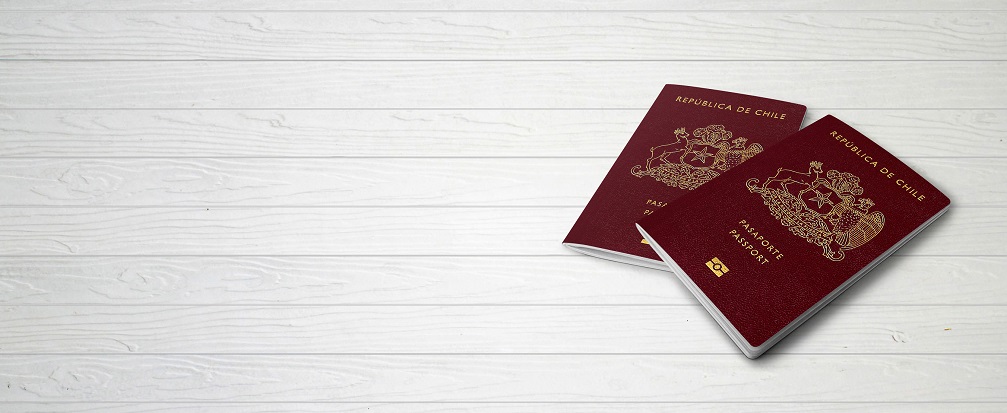


British nationals don’t require a visa to enter Chile. Upon arrival, immigrations officials will issue you a Tarjeta de Turismo (Tourist Card). Keep this document safe during your stay, but if you lose it, you can get a copy. Your vacation in Chile is limited to 90 days. For longer stays, consult the Chilean embassy. Unlike other destinations, there’s no minimum validity required for your passport. The only requirement is that it’s valid for the duration of your stay.



Chile uses Type C (flat with two prongs) and L (flat with three adjacent prongs) plugs and sockets. The standard voltage is 220V and the standard frequency is 50Hz. Be sure to bring along a universal adapter with surge protection and a voltage converter for devices that are 110V.






Chile is a long, narrow country extending from Central South America to the southernmost tip of the continent. It’s 350 km (217 miles) wide from east to west and about 700 Km (400 miles) north of Antarctica. Peru and Bolivia share Chile’s northern border and Argentina spans the entire eastern boundary. The Pacific Ocean lies in the west and the Drake Passage in the south. Chile has four territories off the coast in the Pacific Ocean. Easter Island, a volcanic landmass with about 900 massive stone figures called Moai; the Juan Fernández archipelago and Isla Sala y Gómez, a small, uninhabited island; and the angler islands of San Félix and San Ambrosio. There are three distinguishable landscapes spanning from east to west: the Andes mountainous region along most of the Eastern Chile-Argentina border, the longitudinal valley in the center, and the coastline along the Pacific Ocean. Most of the highest mountains forming the Chilean Andes mountain range are volcanic, with some extinct and others active. In the Lake District, one can bask in the stunning sights the frosted cone-shaped mountains create on glacial lakes. Mainland Chile is further divided into four geographical zones from the north to the south. The desert region in the north comprises the world’s most arid desert, the Atacama Desert. It consists of parts without recorded rainfall and extremely high solar radiation. The Mediterranean central valley, which is home to Chile’s cities and capital (Santiago) and a thriving agricultural area. Grazing fields, forests and a chain of volcanoes and lakes characterize the south. The region closest to Antarctica is a blend of fjords, glaciers, forests, and mountains.



Chile’s climate varies by region, much like its geographical landscape. The country has all kinds of climates on earth except for tropical weather. This is because of the chilly Peru Current, the Pacific Ocean, the Andes Mountains, and the South Pacific anticyclone winds that control the elements. The north has a hot desert climate, and central Chile has a Mediterranean climate. Easter Island experiences a humid, subtropical climate. An oceanic climate dominates the south and east, resulting in cold and humid weather. Temperatures decline as you head south, where it is much cooler than the northern regions and receives the most consistent rainfall in the entire country. While the north may be hot during the day, temperatures drop drastically at night. The average lowest temperature in Santiago is 14 °C (57°F). Summer (October to April) in the Mediterranean central area is pleasant and without rain. Winters (May to September) are cool and humid.



Chile’s geographical span has contributed much variety to its cuisine. Seafood, including mussels, salmon, sea bass, and scallops, is a staple readily available from the fish markets scattered along the shoreline. The grazing fields in the southern regions of Chile sustain herds of cattle that provide the most delicious grass-fed beef. European settlers introduced this component to Chilean cuisine. The Spanish contributed lemons and onions to the local gastronomy and the Germans, beer, yogurt, and mayonnaise. You won’t be short on meals to try in Chile nor disappointed by the quality of the seafood and produce. Popular local dishes include pastel de choclo (a sweet corn dish containing chicken, beef, black olives, raisins or onions) and empanadas (a turnover stuffed with cheese, beef or shellfish). The most traditional dish dating back centuries is curanto. It comprises seafood, potatoes, meat, and vegetables steamed in a hole over hot stones and covered with leaves. To top off any meal, try out some of Chile’s renowned red wines that rank amongst the best in the world. Must-try desserts include Italian-style ice cream (helado) and others made with dulce de leche (manjar).



Traditional Chilean dress comprises a chamanto or poncho for men made from silk or wool and a straw hat (chupalla), and a full-skirted floral dress for women. This attire is worn in rural areas, while modern clothing is more common in cities.
Chile’s defined seasons and climates make it easy to determine what to bring along during a certain time of year. The golden rule is to dress for comfort when traveling in Chile.
Summer in Central Chile dictates light clothing. Shorts are acceptable, granted you may receive unwanted attention. In the coastal regions, warmer garments are best. And to appear less like a tourist, avoid shorts and tank tops.
Wear layers if you’re traveling from one area to another in Chile so you can easily shed clothes as it gets warmer. Opt for light wool fabrics that can contain the heat when it’s cold and wick moisture when it’s warm.
For a winter trip, bring along a coat, long-sleeved shirt, pants, and a rain jacket.
While it’s not essential to dress smartly when visiting restaurants, it will keep you from standing out, especially in Santiago.
Sunscreen, a wide-brimmed hat or a cap, and sunglasses are advised.
Modest attire is necessary when visiting religious and government buildings.



The Chilean Peso (CLP) is the official legal tender of Chile. Coins come in denominations of 1, 5, 10, 50, 100, 500 pesos, and banknotes in 1,000, 2,000, 5,000, 10,000, and 20,000 pesos. Many cities in Chile have ATMs. International credit and debit cards can be used for payment at select businesses. Visa and MasterCard are accepted more often than other cards.



Spanish is the official and widely spoken language in Chile. Chilean Spanish is like European Spanish, except it has its own particular flair. The dialect (Castellano de Chile) is unique to Chileans, and it’s spliced with some indigenous languages. Easter Island has a traditional language known as Rapa Nui, although Spanish is common as well. Some locals speak Greek or other foreign languages such as German, in the southern regions, and English, in major cities. Indigenous languages are in the minority of languages spoken in Chile. One or two hundred thousand people of the largest indigenous community, Mapuche, speak Mapudungun. Knowing basic Spanish words and phrases can make navigating Chile much easier. Here are a few terms and sayings to get you started: Good morning – Buenos días Good evening – Buenas tardes Please – Por favor Yes/No – Si/No Thank you very much – Muchas gracias My name is… – Me llamo… How much is it? – Cuánto cuesta? Alright/Okay/That’s fine – Está Bien



The modern Chilean way of life was formed over the country’s long history. Starting from Chile’s early years, the Andean culture dominated the northern regions and the Mapuche culture presided in the south. Over time, following the conquest, Spanish culture invaded Chile’s established traditions. As more immigrants came into the country, English, French, and German traditions contributed to the local culture and they continue to until this day. On Easter Island, 60 percent of the population is native inhabitants (Rapa Nui). The majority of Chileans are Christians, a large portion belonging to the Roman Catholic Church and a smaller share are Protestants. Observers of the Evangelical Church, Jews, Jehovah’s Witnesses, and Latter-Day Saints have religious standing in Chile as well. Celebrations in Chile are not only reserved for Chilean Independence Day but also for other occasions. In July, locals celebrate the annual Tirana festival in the town of La Tirana. It features participants dressed in costumes and masks, celebrating a time rooted in both legends and facts. The Tapati Festival held every February on Easter Island invites everyone to discover the culture of the Rapa Nui people. Popular Chilean music ranges from folkloric to classical and the national dance is cueca. Chile’s most famous poet and Noble Prize recipient is Pablo Neruda. His most famous work, One Hundred Love Sonnets, is said to capture the stunning night skies of Chile in vivid detail. The most popular sport in Chile is football. Their team has made nine appearances at the FIFA World Cup championship. Chilean greetings are very warm. Women touch cheeks and kiss the air around while men share hearty hugs.



British nationals don’t require a visa to enter Chile. Upon arrival, immigrations officials will issue you a Tarjeta de Turismo (Tourist Card). Keep this document safe during your stay, but if you lose it, you can get a copy. Your vacation in Chile is limited to 90 days. For longer stays, consult the Chilean embassy. Unlike other destinations, there’s no minimum validity required for your passport. The only requirement is that it’s valid for the duration of your stay.



Chile uses Type C (flat with two prongs) and L (flat with three adjacent prongs) plugs and sockets. The standard voltage is 220V and the standard frequency is 50Hz. Be sure to bring along a universal adapter with surge protection and a voltage converter for devices that are 110V.
Travel related news, information and inspirational articles and videos for travellers booking flights or holidays to Chile. Ask questions about travel in Chile and get answers from Chile experts
NEWS
Inspiration, Information and Travel Guides
MEET THE Chile EXPERTS
If you are looking to book a holiday to Chile or needs some help and advice planning travel to Chile then contact one of the UK based independent travel agents that specialise in Chile itineraries.
FEATURED VIDEOS
Your Travel Questions Answered
Ask any travel related question and get an answer from one of our experts that will provide you with an answer from their personal experience
There is no question for this category.


